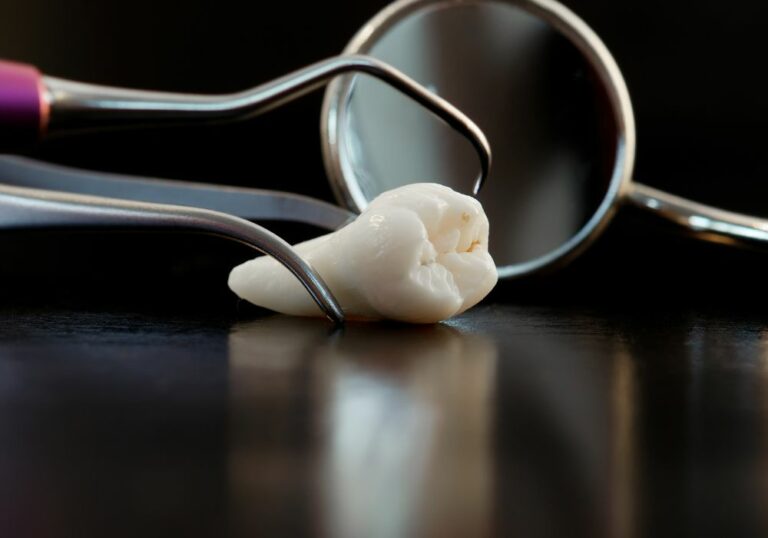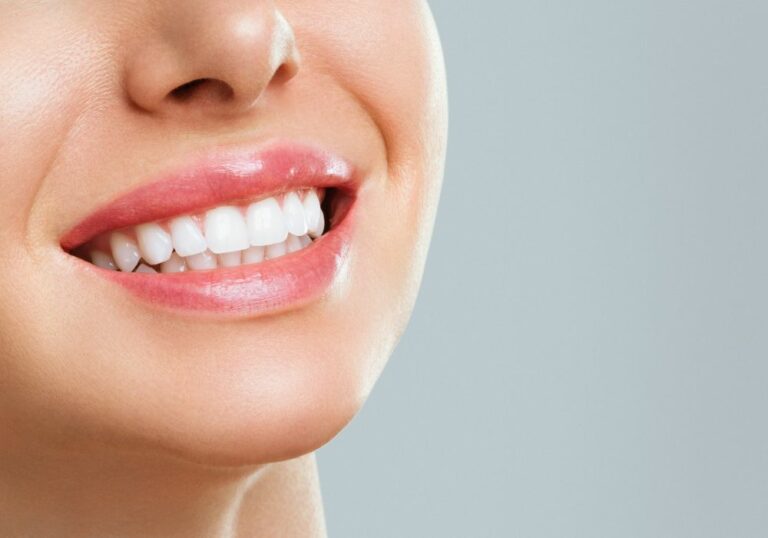If you have had a wisdom tooth removed, it is important to follow aftercare instructions to help the extraction site to heal properly. One of the important things you need to know after a wisdom tooth extraction is how to clean wisdom teeth sockets with a syringe. This is an important part of the healing process following the removal of the tooth.
What is the best way to clean the sockets with the syringe? We will guide you through using a syringe to clean the sockets in this article. We also share other steps you should follow to ensure you and your mouth recover from the dental surgery as quickly as possible.
Wisdom Teeth Removal
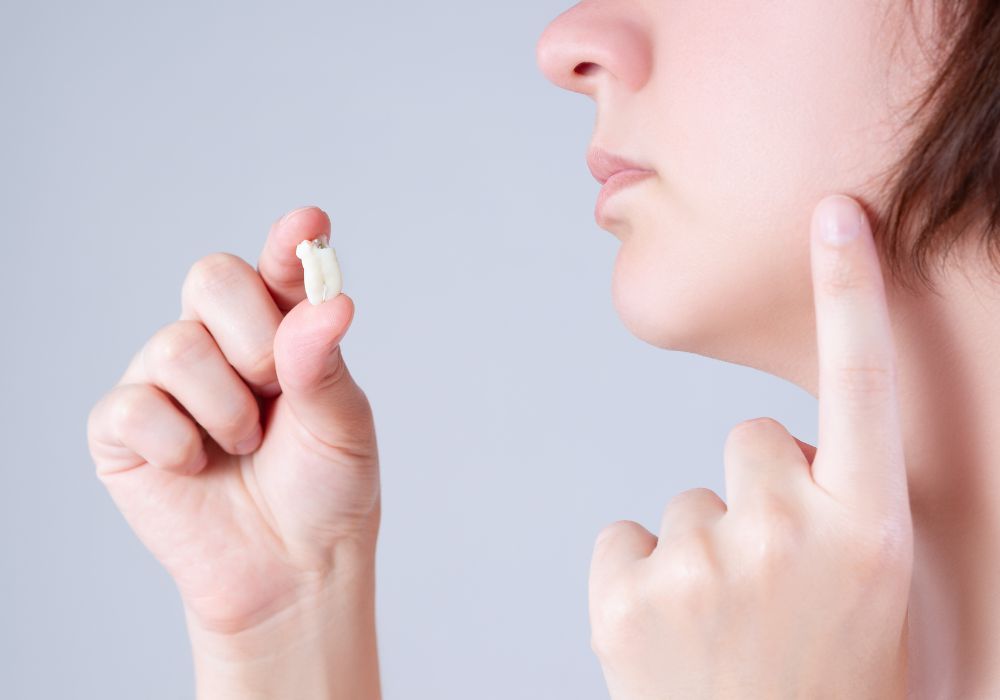
Wisdom teeth are our third molars, which usually emerge when we are 17 to 25 years old. However, not everyone gets their wisdom teeth or you may just get some of them. If your wisdom teeth grow and fit into your mouth properly, you will not need wisdom teeth extraction.
However, many people do not have enough space for wisdom teeth to grow properly. Your wisdom teeth may become trapped in your jawbone or cause your teeth to get out of alignment. They may also cause you pain or lead to an infection or cyst. When wisdom teeth cause issues, they need to be removed through dental surgery.
Why is There No Space for Wisdom Teeth?
Why do we grow wisdom teeth if there is no space? That is a logical question. We have wisdom teeth because our ancestors needed them for chewing tough foods. However, over thousands of years, our diet has changed. Because most of the things we eat now are softer, the extra teeth are no longer necessary to chew the food.
What Happens During Wisdom Tooth Removal?
The removal of wisdom teeth is performed either by a dentist or oral surgeon. How long the procedure will take depends on how many teeth are being removed and whether the wisdom teeth are erupted or impacted. However, we can give you a general overview of the surgery.
You will either be under local anesthesia, sedation, or general anesthesia during the operation, depending on the individual situation. Whichever your dental professional will use, you will not feel any pain during the extraction.
Your dentist may need to make a small incision in your gum to access the tooth if it is embedded in your gum or jawbone. They will loosen the tooth carefully from its socket. Teeth that have already erupted are usually easier to remove. Following the removal, your dental surgeon may use dissolvable stitches to promote healing.
What Happens After Wisdom Tooth Removal?
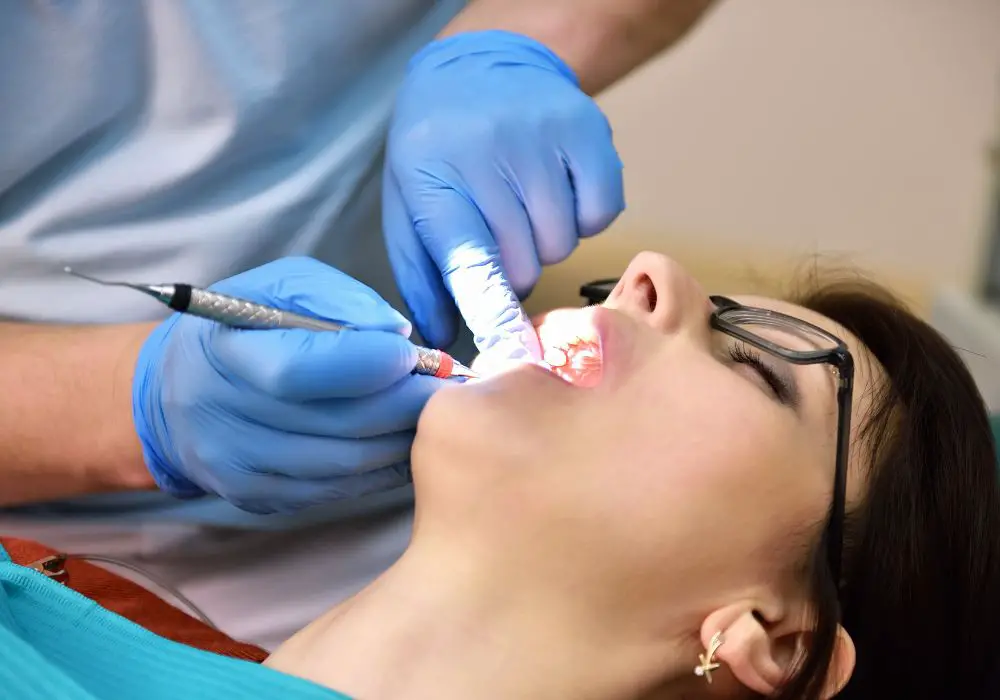
When you have your wisdom teeth removed, it is a serious procedure and post-operative care is extremely important. You can minimize the risk of complications, swelling, and pain, by following the care instructions carefully.
Immediately After the Surgery
When your surgeon has finished, they will place a gauze over the surgical site to reduce bleeding and help a blood clot form. Bite down on the gauze gently to keep applying pressure on the site of the surgery. If the extraction site is still bleeding after the first gauze is discarded, replace it with a new one every hour until there is no more bleeding.
Some people will have some bleeding up to 24 hours after the dental surgery. However, the amount of bleeding should gradually slow down. If after 4-5 hours the bleeding has not slowed down, try placing a tea bag on the site and biting down firmly. If the bleeding from the tooth socket persists, call your dentist.
Avoid rinsing your mouth vigorously and touching the surgery site with your tongue or fingers. This could dislodge the blood clot that has formed on the site and cause bleeding to start again.
Do not smoke or use straws to drink. Avoid all rigorous activity and keep your head elevated. You should take any pain medications given to you by your dental professional. This will ease the pain and discomfort you are likely to feel when the effects of the anesthetic wear off.
Cleaning The Wisdom Tooth Socket with a Syringe
Five days after the tooth extraction you will need to start cleaning the socket with warm salt water and an irrigation syringe. This should be done at bedtime as well as after meals to prevent debris from accumulating in the area. Note that only the wisdom teeth sockets on the lower jaw need irrigating.
To use the syringe, stand in front of the mirror in a well-lit bathroom. Use warm salt water to fill the syringe. Use your finger or a tongue depressor to pull your cheek aside. You should be able to see the socket behind the last molar.
Rest the syringe on the last molar and place the tip into the socket. Empty the syringe to remove debris from the socket. Repeat until the water coming out is clear. You will need to continue irrigating with the syringe until the tooth sockets are closed completely. This may take up to four weeks.
What to Expect After Wisdom Tooth Extraction?
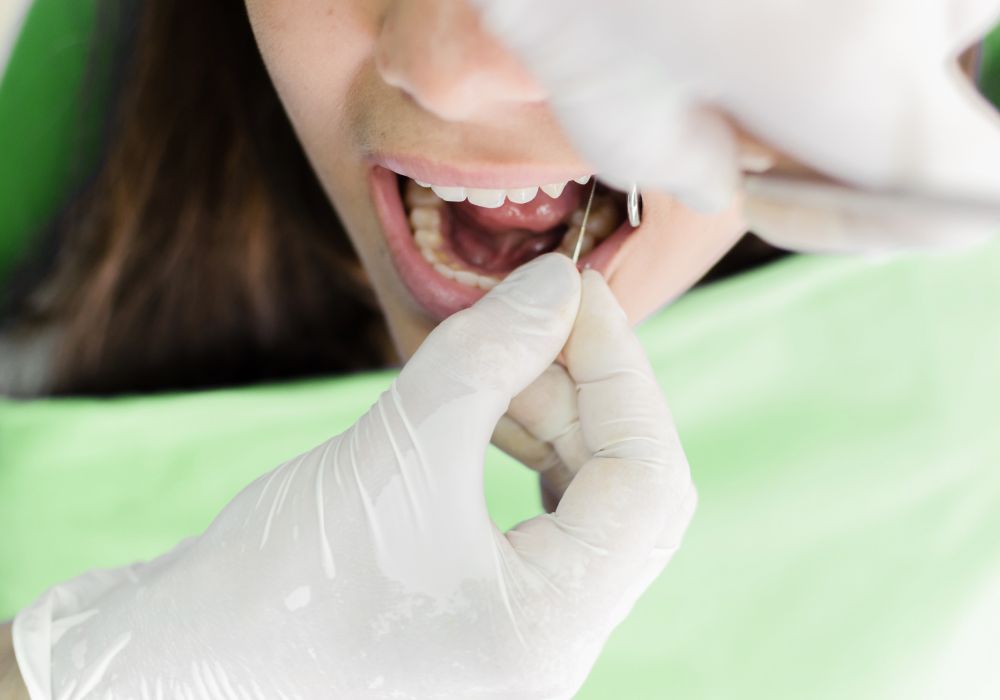
You are likely to experience swelling and pain after the extraction. Some people may have nausea, skin discoloration, and numbness. You can find out more about these below.
Swelling
When you have a wisdom tooth removed, it is normal to have some swelling in your mouth, cheeks, and sides of your face. You may even experience some swelling in your eyes. This is your body reacting to the surgery and repairing itself.
You may not notice any swelling until the day after the surgery, and it may not reach its peak until around the fifth day. You can try minimizing the swelling by using ice packs immediately after the surgery.
Pain
You are likely to have some degree of pain following the dental surgery. Your dentist will give you pain medication to control the pain. If required, you can supplement the pain medication with over-the-counter medication such as ibuprofen. Ensure you also take any prescribed antibiotics to reduce the risk of infections.
Nausea
If you feel nauseous following the surgery, do not eat or drink anything for at least one hour. This includes any prescribed medication. After one hour, sip slowly on drinks such as ginger ale or tea. When you are no longer feeling nauseous or vomiting, you can start eating solid foods and take your medication.
Skin Discoloration
You may get some skin discoloration or bruising on the side of your face where you had the surgery. This is normal and often occurs 2-3 days after the operation. Applying moist heat to the site can help reduce discoloration faster.
Numbness
Following the extraction, you may feel some numbness in your chin, lip, cheek, or tongue. This is normal and it is usually temporary. It is easy to bite the numb parts of your mouth so take extra care when eating.
Other Side-Effects of Dental Surgery
In addition to the above, you may also have a slightly higher temperature after the operation. This is not uncommon but if it remains high, contact your dentist. You may experience dry lips following dental surgery, so keep them moist with, for example, vaseline.
You may also experience sore throat or difficulty swallowing. These are common, too, and should subside in a few days. Finally, you may have some stiffness in your jaw muscles, which makes it harder to open your mouth. This also should resolve in due course.
Diet After Wisdom Teeth Removal
Following the surgery, stick to soft foods and avoid all chewy foods that may dislodge the blood clot. Good foods to eat include eggs, pasta, and smashed potatoes. Try to eat using the other side of your mouth to avoid stress on the surgical site. Eat foods that have plenty of calories and protein and eat regularly. Drink plenty of fluids.
While eating may cause you some discomfort following the surgery, try to not skip any meals. You will have more strength and heal faster when you continue to eat properly after the surgery.
Keeping Your Mouth Clean
You can brush your teeth normally either in the evening of the day of your surgery or the next morning. Be gentle when brushing and avoid the surgery site. Do not spit as this may cause the blood clot to become dislodged.
The morning after the surgery, rinse your mouth using water with a teaspoon of salt mixed in. Use salt water to rinse your mouth after eating and at least five times a day. This will help to remove food debris from the socket.
Conclusion
If you have had wisdom teeth removed, it is important to follow the care instructions given to you by your dental professional and keep the socket clean of food particles. Following the instructions will aid the healing and prevent infections.
It is normal to experience pain and swelling after the surgery. You can manage the pain with pain medicine and swelling with ice packs. You may also experience nausea, swelling, and numbness among other common side effects. If you have any concerns about how your recovery is going, speak to your dentist.


